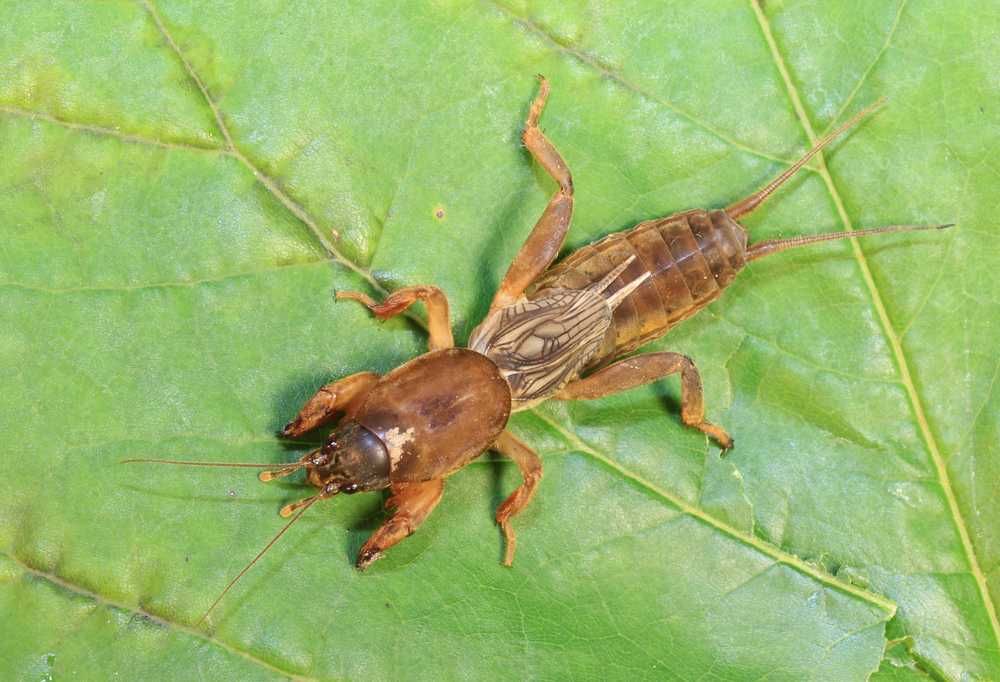Ticks
"*" indicates required fields
Ticks (Ixodida)
Treatments for this pest are included in these services:
Ticks are parasites that burrow their heads into the skin of their hosts to consume their blood. Their bodies then swell as they fill with more and more blood, detaching once they have enough. Ticks may be small, but they pose a serious risk for diseases. These bloodsucking pests can transmit Lyme disease, Rocky Mountain Spotted Fever, and other viruses that they have acquired from other hosts. Different ticks transmit different diseases, so there is a large geographic variance in tick-transmitted illnesses.
Before ticks latch onto you or your loved ones, learn how to identify and prevent them from hitching a ride into your home. For immediate assistance, contact PURCOR Pest Services to learn about tick control services.
How to Identify Ticks
If you’ve ever thought that ticks look like tiny spiders, you’re onto something. Ticks are actually part of the arachnid family, alongside their web-spinning cousins. Adult ticks have eight legs, long jaws for latching onto hosts, and no antennae. They are usually gray or brown and have large abdomens that swell as they consume blood.
Depending on how fed they are, ticks’ appearance can vary. When they are unfed, their heads are separate segments from their bodies, and they have distinct armor plates. When ticks are fully fed, their bodies balloon with blood, causing their armor plates to expand and their heads to look smaller or entirely disappear.
How to Prevent Ticks
Due to their small size and resilience, ticks are trickier to prevent than spiders, flies, and other common pests in the United States. Ticks themselves may be difficult to avoid, but there are several steps you can take to avoid their bacteria-laced bites when you go outside, such as:
- Tucking your pants into your socks
- Wearing an EPA-approved insect repellent
- Avoiding tall grass and bushes
- Washing your clothes after a hike or nature walk
- Having someone else check hard-to-see spots of your skin for ticks
- Using tick protection for your pets
Tick Control Solutions
For all your tick control needs in the United States, choose PURCOR. We offer our services in a variety of communities. Contact PURCOR today to request a pest control quote.



